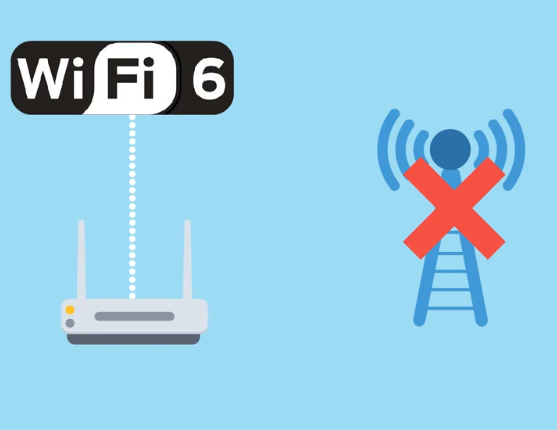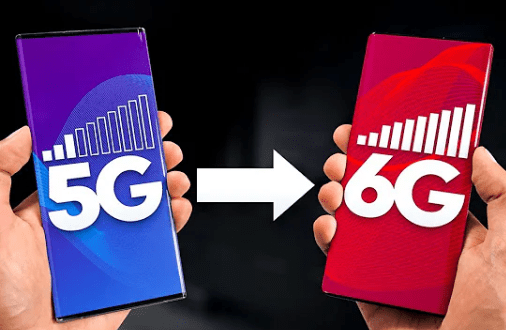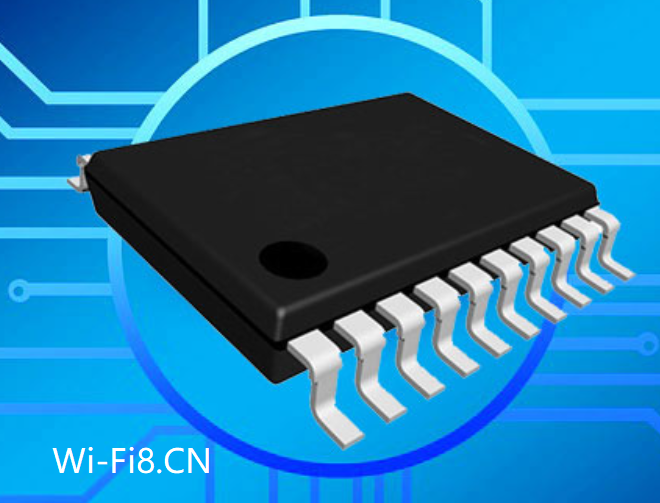Should I buy WiFi5 or WiFi6 or WiFi7 when buying a router? Regarding the router, in addition to looking at wifi5 or wifi6, there are many parameters to look at.
Should I buy WiFi5 or WiFi6 or WiFi7 when buying a router?
First of all, the subject said that your broadband is a thousand M network, preliminarily, your router may be “aggrieved” by this broadband, I don’t know which city the subject is using which operator’s broadband, if it is telecommunications or Unicom (especially South Telecom, North Unicom), basically will give 30% more, that is, gigabit broadband is given to 1300M, remove network overhead, the extreme speed can run to 1240-1260, many friends have also run to this speed, of course, this is needed from optical modem, A system that all links such as routers are sorted out, if the subject is interested, you can first take a look at these two articles: How do I achieve 1800M network speed at home.
Using operator optical modem to achieve home broadband wired and wireless double breaking 1,000 current only method – ZTE F4607P (F7607P)
Back to the subject’s question, let’s talk about the choice of router.
As far as routers are concerned, there is actually a question to answer, that is, whether the subject can cover the whole family with one router, or does it need more than two routers to network? I don’t know the area and load-bearing structure of the house?

Should I buy WiFi5 or WiFi6 or WiFi7 when buying a router?
There are floor plans, layouts and load-bearing walls, it is good to decide whether to use one router to cover the whole house or multiple routers to network, for example, my answer in this article: (not a certain meter) 107 square meters home router can give a specific model recommendation?
If the area of the house is about 120-140 square meters, and the number of load-bearing walls is average, 2-3 routers may be required to network together, and it is impossible to achieve complete coverage with only one router.
Regarding the networking part, the subject can take a look at this article: How to choose a home broadband networking solution (wired mesh, wireless mesh or AC+AP)?
In the case of not grasping the specific use needs, in terms of the subject’s problem, let’s talk about the router first.
Choose a router, many friends look at a lot of parameters, do not know what to look at, what to choose, such as wifi5 or wifi6, dual band or triple band, how much to choose AX, CPU, memory to see, how to choose the network port, what brand to choose? Here’s a brief introduction.
What brand to choose for WiFi router? Which brand of WiFi6 is better?
Which WiFi5 brand router is better?
(1) Network port selection. To achieve over 1,000, first of all, the router must have at least one 2.5G or 10G WAN port, and if you want to do dual broadband, you need to have at least two WAN ports over 1,000. If you want to form an ultra-gigabit wired mesh network, the main route must have at least two 2.5G or 10G network ports (one in and one out), and the mesh route must also have at least one 2.5G or 10G network port (do WAN).
(2) What to look at about WIFI6, bandwidth, MIMO, and the numbers after AX in the model. WiFi 6, is the 802.11ax standard; WFI5 is the 802.11ac standard; WiFi 4 is the 802.11N standard, and the previous WiFi 1/2/3 is the 802.11 A/B/G standard; Generations have different standards, different technologies supported, and different speeds supported.
WIFI6 supports MIMO (multiple input, multiple output, multiple devices connected and the optimal channel), OFDMA (orthogonal frequency division multiple access) and other technologies.
Now there is wifi6E, which is an enhanced version of wifi6, and the frequency band supports the 6Ghz band, but this frequency band has not been used for civilian Wifi in Chinese mainland and Japan, so all wifi6E devices are no different from wifi 6 in Chinese mainland, and even the 6G band will be blocked according to regulatory requirements.
Choosing a router is not a “WIFI6” to meet all requirements. There are also many parameters, the first of which is to see what is the maximum rate of the main frequency band of 5G, which is available on the details page of each router.
Don’t look at the total rate (that is, the number after AX in the model), 5400, 6000, 11000, and not one band can be connected, it is the sum of all frequency bands.
How much the 2.4G band can run does not care too much, it is charged to add it, anyway, 2.4G can not run fast, basically around 600M (574M).
For the 5G band, it depends on whether it is a dual-band or tri-band router, whether it is a number of 5G bands, or a number of 2 5G bands, if it is a three-band router, there are two 5G frequency bands, then what is the maximum rate of one frequency band?
This number is basically determined by the width of the bandwidth and the modulation method, the number of MIMO, such as, wifi5, 80M bandwidth, the highest connection rate is 867M, WiFi5, 160M bandwidth, the highest connection rate is 1733M, wifi6, 80M bandwidth, the highest connection rate is 1201M, wiFI6, 160M bandwidth, 2x2MIMO The highest connection rate is 2402M; If there is a 4X4 mimo, the maximum connection rate is 4804M; If the modulation method is 4096QAM, the maximum value can be increased by 20%, such as 160M 2X2 mimo, 4096QAM, you can reach 2800M; Under the premise that your terminal (mobile phone or computer) supports the corresponding specifications, the actual connection speed can run to 70-75% of the handshake (negotiation) speed.
Therefore, the nominal model AX on the router is not all, it is just a reference, and it depends on the highest connection rate on the single band of the 5G band.
(3) Dual frequency or triple band. Dual-band routers are routers with 2.4G and 5G frequency bands, while tri-band routers have two frequency bands on 5G, generally divided into 5G1 and 5G2, that is, 5.2G bands and 5.8G bands. Is triple band necessarily better than dual band? Not necessarily. What are the benefits of the two 5G frequency bands of the tri-band router (or what are the application scenarios)?
There are mainly two, the first is to do the backhaul dedicated frequency band of wireless mesh to avoid crowding out wireless resources.
The second is that someone (or terminal) needs a dedicated frequency band to do exclusive network speed protection, for example, a family with multiple terminals, you have a computer that hopes to play games without being robbed by others of the network speed, to avoid crowding on the wireless side, you can occupy one frequency by yourself, connect other terminals to another frequency.
In addition to this need, triple band is not necessarily better than dual band; Because the 5G of the tri-band router has two frequency bands, it is necessary to add a filter, and after adding a filter, the transmission and reception power will be slightly reduced; Therefore, if there is a three-band demand for the upper three band, and without the three-band demand, it is better to use dual-band and wireless.
(4) What to look at CPU and memory.
CPU can look at the brand, the frequency of the processor, the number of cores, memory is to look at the size. Generally speaking, the CPU quality of the Qualcomm platform is better, followed by Broadcom (but Broadcom has more advantages in wireless), followed by MediaTek.

Of course, MediaTek has also had some high-quality products in recent years, depending on the product. A slightly lower frequency of the CPU also has its advantages, that is, the heat is not large.
For a CPU with high frequency, what must be seen is how well its heat is controlled.
(5) What else to see? For example, how about heat dissipation, is there active heat dissipation (fan)? How large is the passive heat dissipation area designed (depending on the disassembly)? What about software (firmware)? Whether you can flash the firmware is very important for friends who like to toss open WRT and Merlin. How stable is it? Is it still stable if you don’t restart for a long time? If you choose a single router, you can choose a dual-band router with only one 2.5G network port; If the group wired mesh, it is best to have the first dual 2.5G port, and the second one has at least one 2.5G port; dual 2.5G port and dual-band router can be used as a single route or wired mesh main route; It is recommended that TP-link’s XDR6078 and 6086, of course, this also depends on the subject’s budget.
Here are some cases of routers of various specifications: not only routers and smart homes, you may need these at home.












